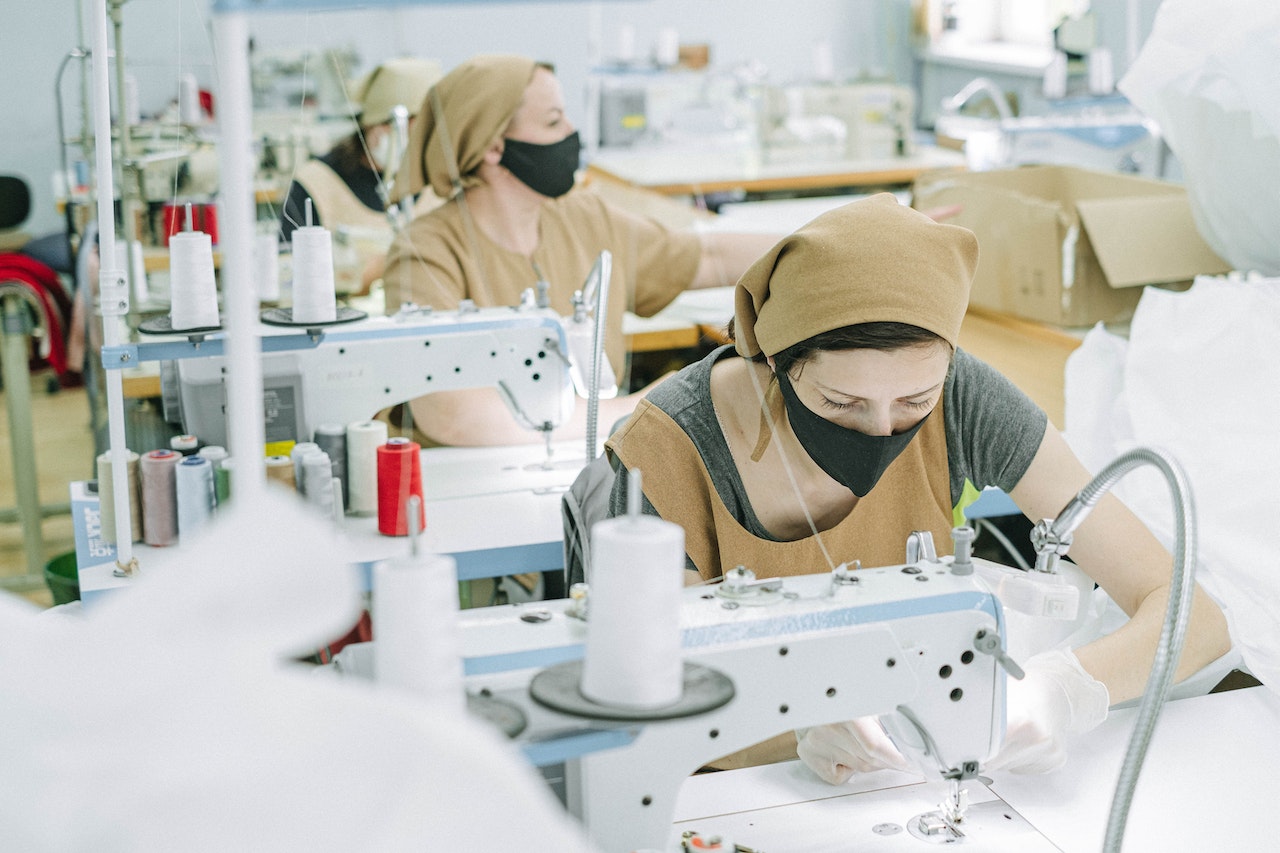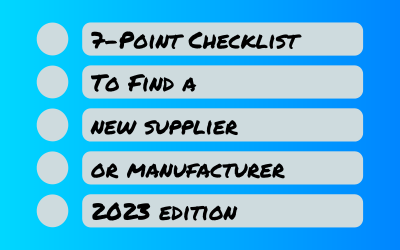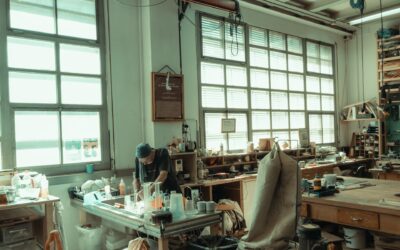Enter any manufacturing company or factory today and you’ll no doubt be amazed at the level of technology and operational expertise involved, but many of these modern marvels would be difficult if not impossible without the knowledge and experience of our predecessors.
The entire manufacturing industry rests on a solid foundation of hard work, exploration, and innovation with a history that stretches back decades.
What is the history of manufacturing? How did it all start?
The Industrial Revolution Paved the Way for the Manufacturing Industry
Most experts will cite the Industrial Revolution in the 18th century as the starting point of the development of manufacturing. This major turning point in the history of manufacturing marked the shift from the reliance on hard physical labor to manufacture goods by hand to the adoption of sophisticated machines.
Prior to this period, many people were still creating goods in their homes or farms. Clothes were still hand-stitched at home, for example, and more specific items like animal harnesses or hand tools were often made by a local craftsman. The skills of these artisans were impossible to replicate unless people were willing to spend the hard years it took to learn and master a craft.
The Industrial Revolution ushered in a huge societal shift by introducing technologies like the waterwheels, the sewing machine and various steam-powered tools. Factories multiplied and artisans were gradually replaced by machine operators who were able to recreate quality crafts with only minimal training, and on a much larger scale.
Suddenly, goods were able to be produced much faster and for a much cheaper price, and the supply of products grew, encouraging increased consumption. This of course had far-reaching effects across multiple industries and completely transformed our global economy, as well as society as a whole.
Development of Assembly Lines
The next important phase in the history of manufacturing is the introduction of assembly lines.
According to records, the first patented assembly line was in 1901 by the car manufacturer Ransom E. Olds. The process he implemented allowed his company to produce 20 vehicle units a day, which led to a 500% output increase in a year. That’s a massive step up from creating a car by hand using outdated tools and processes, a process which previously could take months.
In 1908, Henry Ford and Charles Sorensen further developed the assembly line concept by integrating machines, human-driven processes, and tools to optimize their manufacturing ability.
Then, the Buick Motor Company created the unified assembly line concept, which enabled them to produce up to 1,300 cars per day. They focused on the speed and economy of product manufacturing and eventually created a smart and intricate system that continues to provide inspiring lessons to entrepreneurs around the world.
The practice quickly spread and led to the solid assembly line practices many companies know today. These include the breaking down of tasks, assigning parts of the process to different groups of people, and the use of powerful and automated machines.
Further Improvements through Lean Manufacturing
In the search for more improved and cost-effective processes, Lean Manufacturing as a concept was developed.
This moment in the history of manufacturing is attributed to the Toyota Motor Corporation. They created this concept and set of practices in 1948 and their main purpose was to identify and eliminate any wastage in terms of time, costs, and labor. The result was the improvement of production flows and highlighting the need to pay attention to the smallest operational details.
This practice started and grew in Japan where Toyota was founded. Lean manufacturing then gained traction in the 1970s when the practice spread to the United Kingdom. By the 1990s, this practice had spread to more countries and to industries outside of the vehicle manufacturing industry, further driving industrial growth worldwide.
The Era of Automation and Robotics
Fast forward to modern times, we now enjoy the myriad benefits brought by automation and robotics. People now use computers, interconnected systems and devices, as well as highly intelligent machines and tools to produce goods within increasingly demanding timelines.
The starting point of the use of robotics in manufacturing can be traced back as far as 1926, when Westinghouse Electric Corporation introduced the world’s first robotic helper called Televox. Televox was used to complete useful operational tasks and could even respond to the human voice. Before Televox, robots were considered entertainment and limited to performing fun tricks, but despite its sci-fi looking appearance the unit was very much a useful part of the company’s operations.
In 1961, Unimate was created and it was considered the “first industrial robot”.
Valuing the Past and Looking Forward to the Future
The history of manufacturing is a colorful kaleidoscope of surprising and awe-inspiring moments. The next time you buy a shirt, drive your car, or use your mobile phone – know that these things were produced through years of innovation and optimization of the manufacturing process.
As for what the future holds, the one thing we know for certain is there are plenty of exciting things yet to be developed. Machines and robots are becoming smarter and the Internet of Things continues to develop. Who knows what amazing heights the manufacturing industry will reach in a few years?











